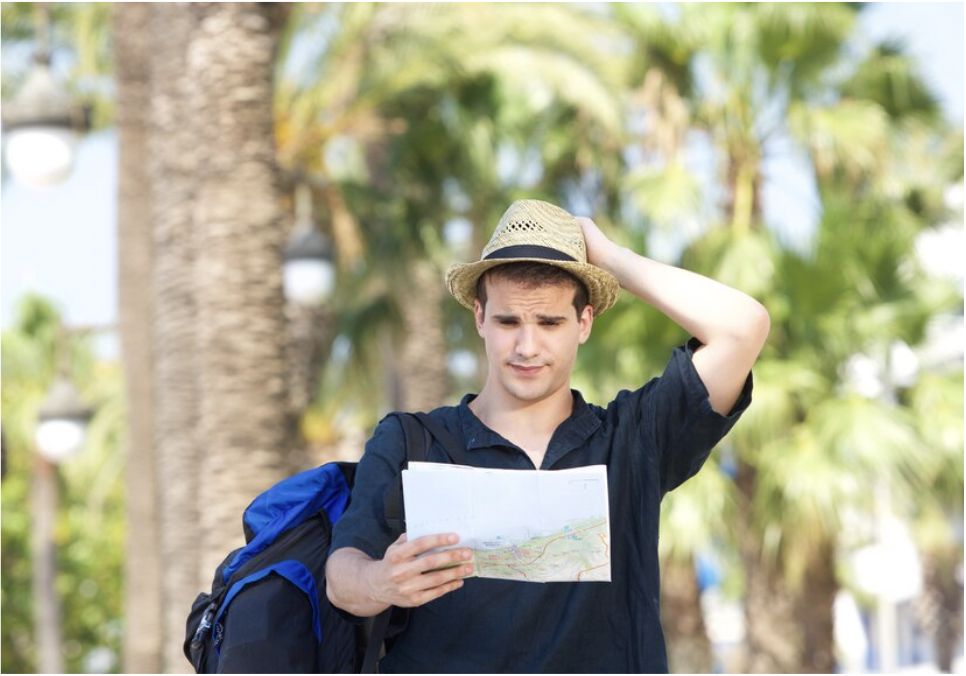10 Things to Know Before Going to Florida
10 Things to Know Before Going to Florida
Florida truly lives up to its nickname, the Sunshine State. From its golden beaches and the magic of Walt Disney World to alligators basking in the Everglades and the abundance of roadside orange groves, there’s so much to experience here.
With so many adventures to choose from, Florida offers a unique and diverse travel experience unlike any other state in the US. Sunburned families, unexpected weather changes (yes, thunderstorms and even hurricanes are common), and misconceptions about Florida’s diversity can all impact your trip.
To ensure you have a smooth and enjoyable visit, we've compiled some essential tips on health, safety, and local etiquette in Florida.
Things to Know Before Going to Florida
1. Humidity
Welcome to the southeastern U.S.! If you're visiting between March and October, get ready to experience true humidity. Locals have colorful names for it, from "liquid Jello" to "perpetual steam room." Pro tip: A towel left on your hotel balcony won't dry unless it's in direct sunlight for six hours. To escape the heat, every home and business will have the A/C on full blast. Even in August, you might need a sweater indoors!
2. Be Careful With Data
This advice is applicable for travelers to any place on Earth with the Internet. There, almost everyone connects to the local Wi-Fi and can be hacked. It is better to hide IP addresses and encrypt data. To protect IP address and protect yourself from hacking, you can use a VPN. It hides the IP of your device, instead giving out a new IP address.
3. Visit the Less-Crowded Beaches
After amusement parks, Florida’s beaches are its second most popular attraction. According to the Florida Department of Environmental Protection, the state boasts 825 miles of beaches, perfect for exploring smaller coastal gems.
Take Gasparilla Island in Southwest Florida, for instance. It’s a serene spot with great fishing nooks, far less crowded than famous beaches like Daytona.
4. Beware of Wild Animals
Florida is one of the country’s most biodiverse states, so locals are naturally protective of their wildlife. While tourists might be tempted to touch sea turtles or manatees, it's important to remember that these animals are protected under the Federal Endangered Species Act. Additionally, it's best to avoid getting too close to sharks or alligators. According to Tampa Bay's WTSP, human encounters with local wildlife can sometimes be dangerous. Enjoy Florida's natural beauty responsibly!
5. Spring and Fall Are Perfect for Adventures Without the Heat
November to March is peak "snowbird season," when northerners escape to Florida for the winter. Expect hotels, restaurants, and attractions to be busiest during this time, so book experiences in advance. Conversely, June through August are the hottest months, with temperatures reaching the mid-to-upper 90°Fs. For fewer crowds and milder weather, consider visiting in the spring (April–May) or fall (September–October).
6. Disney Resort Hotels Have Their Own Benefits
Choosing a Disney Resort Hotel comes with amazing perks like Early Theme Park Entry, shuttle transportation to parks and water parks, free resort parking, early dining reservations, and character dining experiences. Plus, you’ll be close to all the parks.
But what truly makes staying on-site special is the enchanting experience. Sleep in themed rooms, wake up to breakfast with beloved Disney characters, and immerse yourself in the magic of Walt Disney World. Live the fairytale!
7. Plan Your Trip To At Least A Week
One of the biggest mistakes on a Florida trip is only seeing a small part of it, like just Orlando’s theme parks or one beach. To truly explore Florida, rent a car or take the Brightline, a high-speed train connecting Orlando and Miami since September 2023. Along the way, discover historic towns worth stopping for, from the oldest city in America, St. Augustine, to Tampa, known for its craft breweries. Don't limit your adventure—see all that Florida has to offer!
8. Be Prepared For Chaos On The Road
South Florida, including Miami, Fort Lauderdale, and West Palm Beach, is one of the most densely populated areas in the continental US. With limited north-south routes—Interstate 95, Florida’s Turnpike, and US Route 1 (for those not in a hurry)—traffic can be intense. The sun and congestion often lead to frayed nerves, with motorcycles weaving through cars, frequent horn usage, and road rage being common. Stay alert and avoid engaging with aggressive drivers.
9. Sunscreen is a Must
Make sure to pack plenty of sunscreen. The sun here is stronger than you might expect, and it burns quickly. You’ll notice locals and tourists alike seeking shade wherever they can find it—often parking at the back or sides of lots to catch a bit of coverage. Don't underestimate the sun's intensity; protect yourself and avoid a painful burn.
10. Learn More About Lifeguard Tower Flags
Florida beaches use five colored flags to indicate water conditions. Green means calm waters, yellow signifies moderate currents and surf, while red indicates high surf and strong currents. A second red flag with a no-swimming emblem means the water is closed to the public. Finally, a purple flag warns of nearby stinging marine life like jellyfish. Pay attention to these flags for your safety.
Conclusion
Florida has something for everyone, from families with small children to retired adults looking for a relaxing beach vacation. By keeping these tips in mind, you can make the most of your trip and have a safe and enjoyable experience. So pack your sunscreen, plan your adventures, and get ready to explore all that the Sunshine State has to offer! Happy travels!






